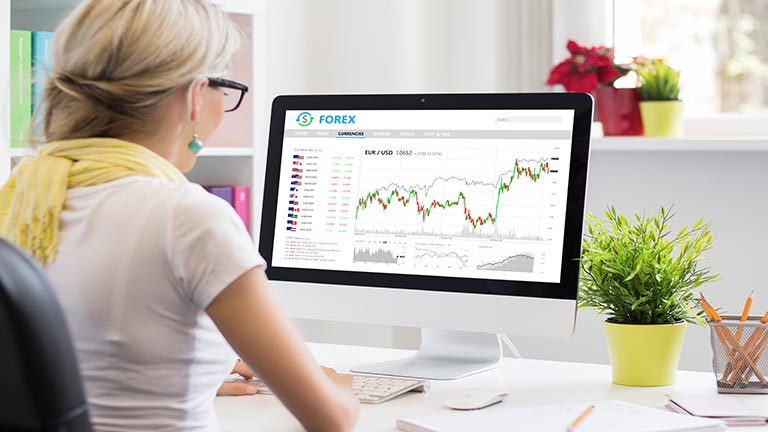Market to Rise above 8,200 Points in Next 8 Weeks

By Dale Gillham
According to a recent report from the ATO, there are over 600,000 self-managed Super funds (SMSF) with total estimated assets of around $876 billion, which accounts for almost 25 per cent of all superannuation funds. The ATO also reported that over 50 per cent of SMSFs were set up over 10 years ago and the establishment of new SMSFs has been on the decline for several years. So, is this a sign that investors no longer want control of their investments?
Many SMSFs either rival or beat many of the managed fund returns
We need to remember that the vast majority of growth in SMSFs came after the GFC crash, as so many were disenchanted with their managed fund returns and advisors telling investors to hold for the long term. For many, it was a hard pill to swallow as they were sitting on portfolios that had fallen 50 to 70 per cent.
As the market runs on cycles, I am confident that we will see another sustained market fall in the second half of this decade. When this occurs, unfortunately investors will repeat the mistakes of the past and watch their industry superannuation fall away heavily again and the cycle will continue with a large number setting up a SMSF.
Right now, around 28 per cent of all SMSFs funds are invested in listed shares, which means they are important to our stock market, but the industry continues to propagate that SMFS are too hard to manage and too costly to run, although in my experience, it is the exact opposite. There are many providers with low cost services that assist SMSF trustees to set up and properly manage an SMSF and with a good education, anyone can achieve solid returns on their superannuation that either rival or beat many of the managed fund returns.
The streets are littered with those who make decisions after a major event that costs them dearly, but surely the wise thing to do right now is to ask yourself these two questions. What if and how? What if the market falls heavily, how will I protect my superannuation? Remember if you fail to plan you plan to fail.
What were the best and worst performing sectors last week?
The best performing sectors included Utilities up 1.73 per cent followed by Materials up 1.60 per cent and Energy up 1.20 per cent. The worst performing sectors included Information Technology down 0.55 per cent followed by Healthcare down 0.47 per cent and Consumer Discretionary down 0.13 per cent.
The best performers in the S&P/ASX top 100 stocks included Northern Star Resources up 11.39 per cent followed by Qantas up 8.13 per cent and Evolution Mining up 7.87 per cent. The worst performing stocks included Pilbara Minerals down 7.50 per cent followed by The a2 Milk Company down 7.14 per cent and ResMed down 5.39 per cent.
What's next for the Australian stock market?
As last week and this week were short weeks due to Easter, typically volumes on the stock market are lower because many of us take holidays. That said, the All Ordinaries Index started and ended last week on a positive note, trending up again before showing some weakness mid-week. However, unlike the previous week, regardless of where the market closed last Thursday, it was technically a down week given that the market traded lower than the preceding week.
This is a good sign and in line with what I mentioned in my previous report where I stated that the All Ordinaries Index would likely fall to as low as 7,600 points before rising again.
Given the strong close last Thursday, it is possible that the move down was short in both time and price. If the market trades up this week, then I expect it to move quickly through the previous all-time high to trade up through 8,200 points and beyond over the next four to eight weeks.
For now, it is wise to play the wait and see game until the Australian stock market confirms it is rising, which will occur once it trades above 7,880 points. Right now I am being cautious as recent history shows that anything is possible in our market and that we need to expect the unexpected.
For now, good luck and good trading.
Dale Gillham is Chief Analyst at Wealth Within and international bestselling author of How to Beat the Managed Funds by 20%. He is also author of the award winning book Accelerate Your Wealth—It’s Your Money, Your Choice, which is available in all good book stores and online.






